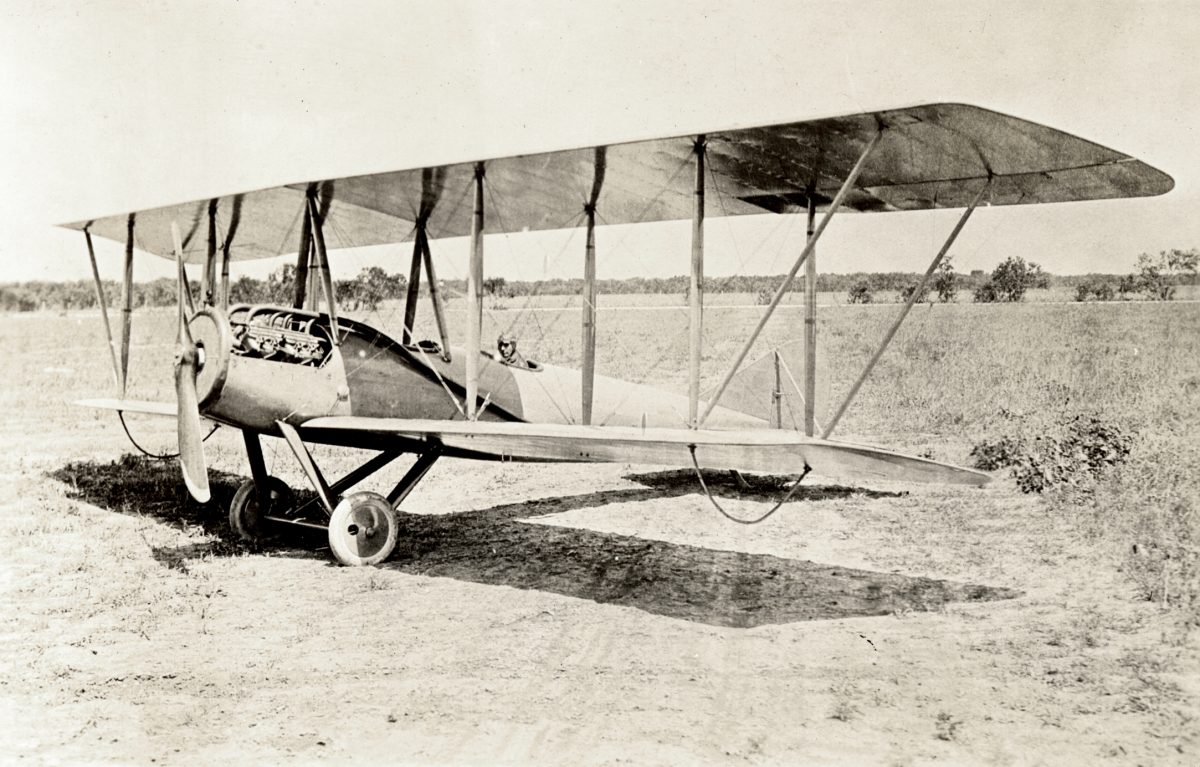
It’s hard to imagine where the aviation industry would be today without the creative and fearless contributions of Glenn Curtiss. Often considered the “father of naval aviation” and a founder of the American aircraft industry, Curtiss persistently pushed the boundaries of speed and performance to become one of aviation’s greatest pioneers.
Born in Hammondsport, New York, in 1878, Curtiss had an early fascination with mechanics. Like the Wright Brothers, Curtiss owned a bicycle shop and would spend time designing and racing bicycles, eventually manufacturing one of the first motorcycles using a single-cylinder engine of his own design. By 1902, the G.H. Curtiss Manufacturing Company developed the Hercules motorcycle and set several speed records earning Curtiss the title of “the fastest man in the world” by the press.
Soon, Curtiss became interested in human flight, and he was invited by Alexander Graham Bell to join the Aerial Experiment Association (AEA) and develop engines for flight experimentation. Curtiss helped the AEA produce four aircraft, including the June Bug, which Curtiss piloted to win the Scientific American trophy and prize in 1908.
In the coming years, Curtiss worked to promote aviation through public demonstrations and aerial competitions. By 1910, he established the Curtiss Aeroplane Company and formed a relationship with the U.S. Navy to teach military and naval personnel how to fly aircraft. At this time, Curtiss also designed a series of seaplanes, creating custom floats for aircraft and developing flying boats for naval use.
As World War I began, Curtiss produced several flying boats for the British Royal Navy. In 1915, Curtiss was commissioned by the U.S. Army Air Signal Corps to build easy-to-fly two-seat aircraft to train beginner pilots. JN-4 “Jenny” trainers are among the most famous World War I aircraft, and it is estimated that 95% of all pilots trained in a Jenny biplane. In fact, in 1917, Hartzell Propeller designed some of its first propellers for the trainers. After the war ended, hundreds of JN-4s were sold to civilian pilots and were used for barnstorming and mail service.
Curtiss’s career came to a head when the U.S. Navy Curtiss NC-4 flying boat became the first aircraft to successfully cross the Atlantic Ocean over the course of 19 days. In 1920, Curtiss retired from the aviation business to become a land developer in Florida and in 1930, he died from complications in surgery.
Curtiss was posthumously awarded the Smithsonian Flying Cross and was later inducted into the National Aviation Hall of Fame, the Motorsports Hall of Fame, the Motorcycle Hall of Fame, and the National Inventors Hall of Fame. The Smithsonian’s National Air and Space Museum is home to a collection of Curtiss’s documents, airplanes, motorcycles, and motors.